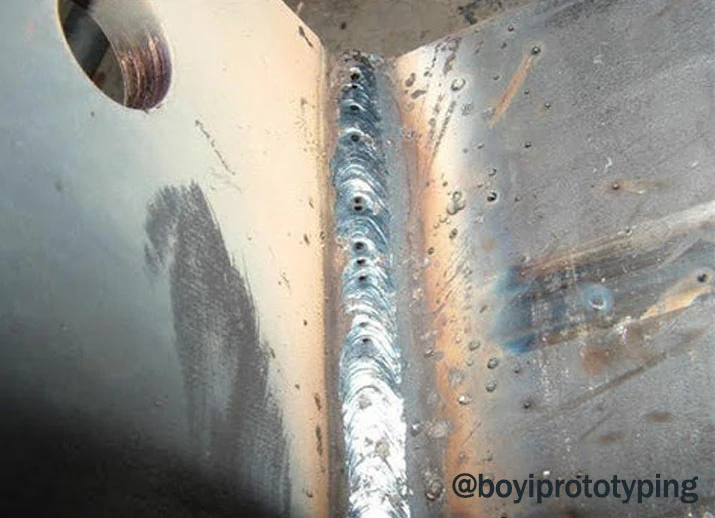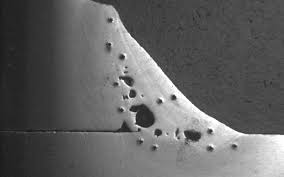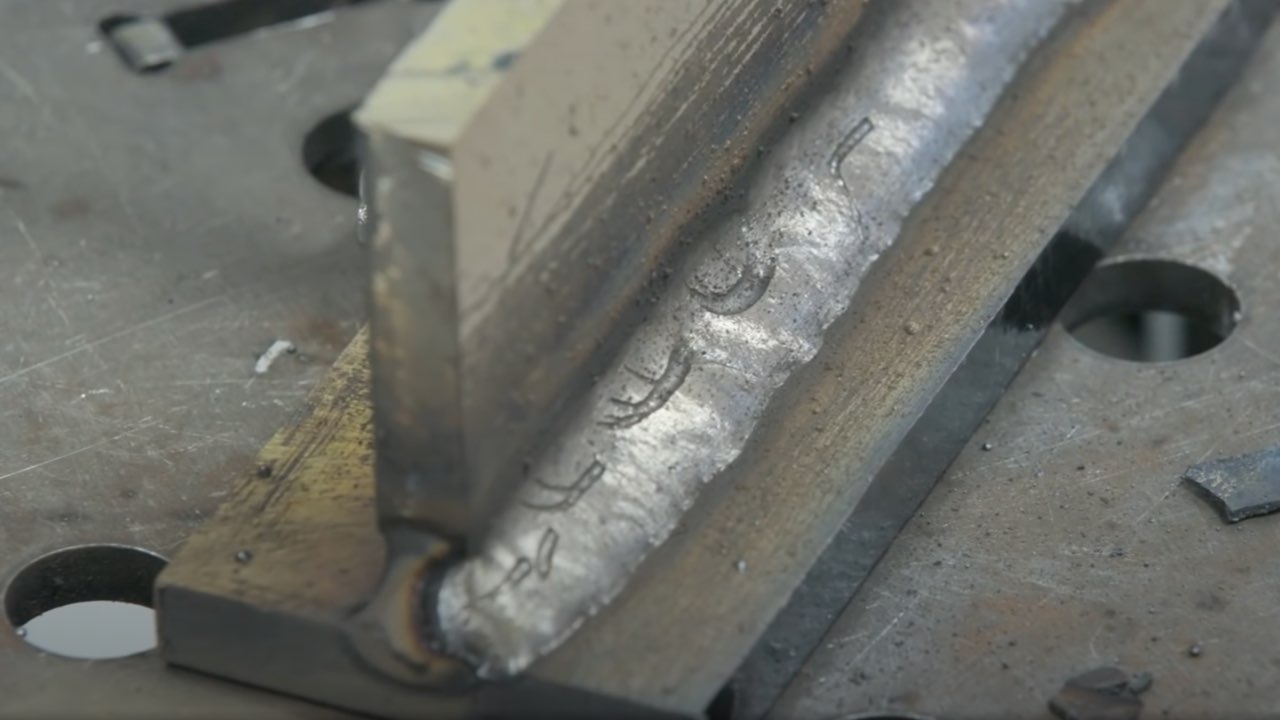Comprehensive Guide: What is Porosity in Welding and Exactly How to avoid It
Wiki Article
Comprehending Porosity in Welding: Checking Out Causes, Results, and Avoidance Strategies
Porosity in welding is a relentless challenge that can dramatically impact the quality and integrity of welds. As experts in the welding industry are aware, understanding the causes, results, and prevention techniques connected to porosity is critical for accomplishing robust and reliable welds. By diving into the origin creates of porosity, analyzing its harmful results on weld high quality, and discovering reliable avoidance methods, welders can boost their understanding and skills to produce high-quality welds constantly. The complex interaction of factors adding to porosity calls for a comprehensive understanding and an aggressive strategy to ensure effective welding results.Typical Root Causes Of Porosity
Porosity in welding is largely triggered by a mix of variables such as contamination, inappropriate shielding, and inadequate gas coverage during the welding procedure. Contamination, in the form of dirt, oil, or rust on the welding surface area, creates gas pockets when heated, leading to porosity in the weld. Inappropriate protecting happens when the protecting gas, commonly made use of in processes like MIG and TIG welding, is not able to completely protect the liquified weld swimming pool from reacting with the surrounding air, resulting in gas entrapment and succeeding porosity. Additionally, inadequate gas protection, often as a result of wrong flow rates or nozzle positioning, can leave parts of the weld unguarded, enabling porosity to form. These factors jointly add to the formation of spaces within the weld, weakening its stability and potentially causing architectural issues. Recognizing and resolving these typical reasons are vital actions in protecting against porosity and making sure the quality and strength of welded joints.Effects on Weld High Quality
The existence of porosity in a weld can dramatically endanger the overall top quality and stability of the bonded joint. Porosity within a weld develops voids or cavities that damage the framework, making it more vulnerable to breaking, corrosion, and mechanical failing. These gaps serve as tension concentrators, reducing the load-bearing capacity of the weld and raising the likelihood of early failing under applied anxiety. Furthermore, porosity can also act as prospective sites for hydrogen entrapment, further worsening the destruction of the weld's mechanical residential or commercial properties.In addition, porosity can impede the performance of non-destructive testing (NDT) strategies, making it testing to discover other defects or stoppages within the weld. This can result in significant security issues, specifically in essential applications where the architectural stability of the welded parts is paramount.

Avoidance Techniques Summary
Provided the destructive effect of porosity on weld top quality, efficient prevention strategies are vital to preserving the structural integrity of bonded joints. Among the main prevention methods is detailed cleansing of the base materials prior to welding. Impurities such as oil, oil, corrosion, and dampness can add to porosity, so making sure a clean work surface is vital. Appropriate storage space of welding consumables in dry conditions is additionally essential to prevent dampness absorption, which can bring about gas entrapment during welding. Additionally, choosing the ideal welding parameters, such as voltage, existing, and travel speed, can help minimize the risk of porosity development. Ensuring ample securing gas flow and insurance coverage is an additional crucial prevention method, as inadequate gas protection can result in climatic contamination and see it here porosity. Ultimately, proper welder training and qualification are essential for executing safety nets successfully and consistently. By incorporating these avoidance methods right into welding techniques, the occurrence of porosity can be substantially reduced, resulting in stronger and a lot more reliable bonded joints.Importance of Proper Shielding
Proper protecting in welding plays a vital function in stopping atmospheric contamination and ensuring the honesty of welded joints. Securing gases, such as argon, helium, or a blend of both, are commonly utilized to protect the weld swimming pool from responding with aspects in the air like oxygen and nitrogen. When these responsive elements enter into contact with the warm weld swimming pool, they can trigger porosity, bring about weak welds with decreased mechanical residential properties.
Inadequate securing can cause numerous issues like porosity, spatter, and oxidation, endangering the structural honesty of the welded joint. For that reason, adhering to proper shielding techniques is vital to generate premium welds with marginal issues and make certain the durability and reliability of the bonded parts (What is Porosity).
Surveillance and Control Techniques
How can welders effectively check and control the welding process to guarantee optimal outcomes and stop flaws like porosity? By continuously monitoring these variables, welders can recognize discrepancies from the ideal problems and make instant modifications to stop porosity development.
In addition, implementing appropriate training programs for welders is crucial for monitoring and regulating the welding process efficiently. What is Porosity. Educating welders on the importance of maintaining regular criteria, such as appropriate gas securing and take a trip speed, can help prevent porosity issues. Normal assessments and qualifications can likewise ensure that welders are skilled in monitoring and managing welding processes
look at this site In addition, using automated welding systems can improve monitoring and control capabilities. These systems can specifically regulate welding specifications, lowering the chance of human error and making certain regular weld quality. By integrating innovative surveillance innovations, training programs, and automated systems, welders can successfully monitor and control the welding procedure to reduce porosity defects and achieve high-quality welds.
Conclusion

Report this wiki page